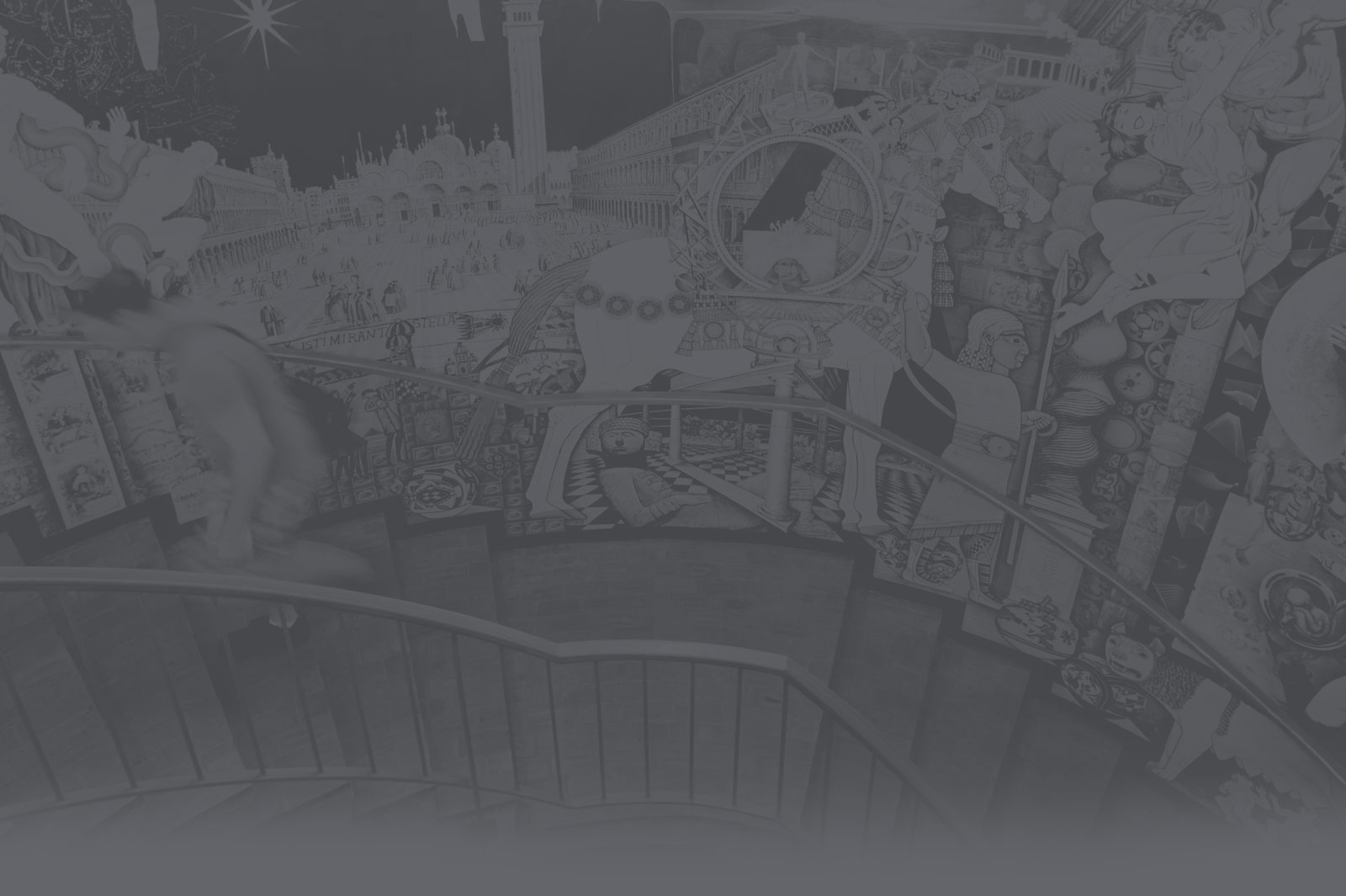Have a source, but not sure whether it qualifies as scholarly? This chart can help – it offers different criteria you can use to identify scholarly journals and other types of publications. Just figure out which column best lines up with your article and you have your answer!
| Criteria | Scholarly Journals | General Interest | Popular Magazines | Trade Publications | Sensational Publications |
|---|---|---|---|---|---|
| Purpose | To inform, report, or make available original research to the rest of the scholarly world; to debate, challenge, and discuss meaning | To provide general information to a wide, interested audience | Primary purpose is to produce a profit, entertain, persuade or inform the general public | Primary purpose is to provide news and information to people in a particular industry or profession | To arouse curiosity and interest by stretching and twisting the truth. Outrageous, startling headlines are used to create interes |
| Format | Serious format and longer word count or page length; preceded by an abstract Note: ensure that the abstract is supplied by the author |
Articles of varying length, may contain graphics or links; no abstract | Glossy and slick in print; articles can be long but most are short | Attractive print format | Produced in a cheap, newspaper format (print) |
| Language | Uses terminology, jargon, and the language of the covered discipline; reader is assumed to have a similar background | Uses language appropriate for an educated readership; does not emphasize a specialty but does assume a certain level of education | Uses simple language in order to meet a minimum educational level | Language of practitioners in the industry or profession; focuses on practical topics of interest to practitioners | Contain language that is simple, easy-to-read and understandable. An inflammatory, sensational style is often used |
| Sources | Cite sources with footnotes and/or bibliographies; database record may indicate # of times article was cited | Occasionally cite sources, usually in-text as opposed to in bibliography | Sources for information are rarely provided | Not extensively documented, provide few footnotes, and rarely include bibliographies | Rarely cite sources of information |
| Authors | Written by and for scholars or researchers in the field, discipline, or specialty | Written by staff, scholars, or free-lance writers | Written by publication staff or free-lance writers | Written by practitioners or educators within the industry or profession | Articles written by freelance writers or by staff |
| Publishers | Generally published by a professional organization or a scholarly press | Generally published by commercial enterprises for profit; widely distributed | Published for profit | Most often published through a professional association, although can be published by for-profit corporations | Published for profit |
| Graphics | May contain graphs and charts to illustrate the article | Photographs, illustrations, and graphics to enhance the publication | Contains photographs, illustrations, and drawings to enhance their image | Color graphics and photographs are similar in nature to the popular magazines | Contain melodramatic photos |
| Examples | Harvard Business Review
JAMA, the Journal of the American Medical Association American Economic Review Modern Fiction Studies Tetrahedron Journal of Communication |
Atlantic Monthly
Scientific American Time The Economist National Geographic Newsweek Ms.
|
Ladies Home Journal
Hispanic Sports Illustrated Ebony Saveur The Advocate Texas Monthly
|
Editor & Publisher
MacWorld Industry Week Stores Broadcasting & Cable Publishers’ Weekly
|
Globe
National Examiner Star National Inquirer
|
